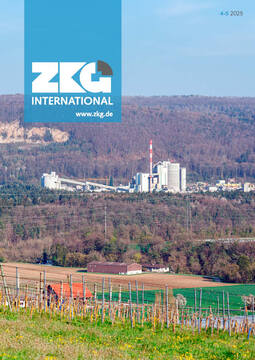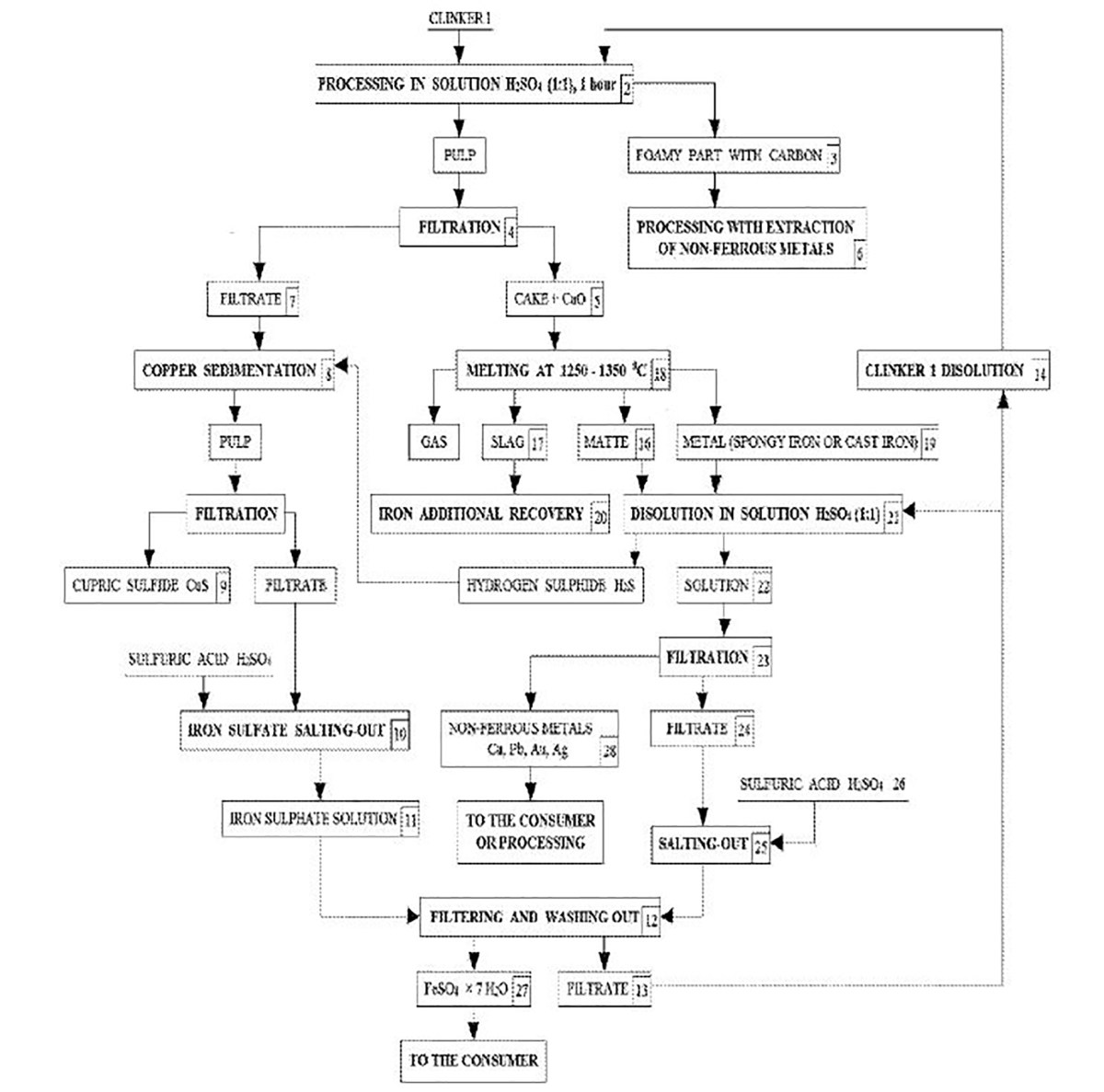Betolar Plc: 99% Yield confirmed in metal extraction tests
Betolar’s new innovative method for metallurgical processing of slags for metal extraction and green cement production has been tested at pilot scale with excellent results in collaboration with a Nordic partner. In metallurgical processing a significant amount of valuable metals remain in slags. Thanks to Betolar’s method, slags can be purified of valuable fractions at high reduction degree of approximately 99%, and the residual slag can be used as a binder, green cement. The tests conducted last week with the partner were successful, achieving, for example, chromium yield of about 99%.
Betolar has previously tested its technology experimentally both in laboratory of University of Oulu and at bench scale in the company’s Innovation Center. The technological readiness of the method is based on several factors: thermodynamic equilibrium modeling of slags, in-house and external smelting/reduction tests, microstructure examination, its AI-assisted slag composition modeling, and the company‘s experts’ strong expertise in geopolymer binders.
All the aforementioned experimental results are consistent with the modeling results. In the tests, metal yields and reduction rates have been systematically exceptionally high. The method utilizes slag chemistry and thermodynamics in a way that enables energy-efficient processing at lower temperatures. Additionally, the method allows for controlling viscosity, which enables high metal yields and, optimization of the green cement composition.
“The strong results from the pilot scale tests clearly demonstrate the potential of our technology. We can now proceed to commercialization and scale the method towards industrial scale,” says the company‘s CEO Tuija Kalpala.


